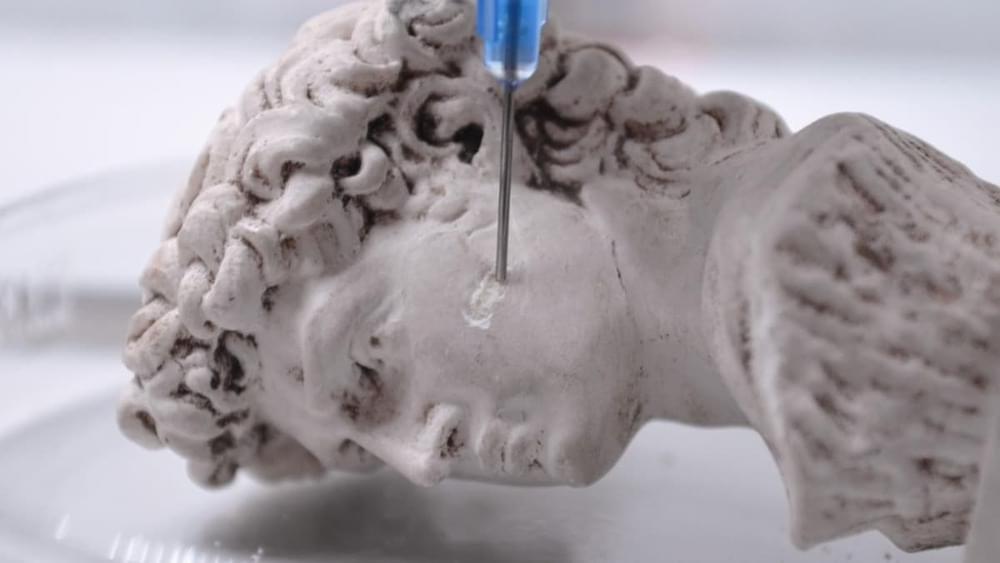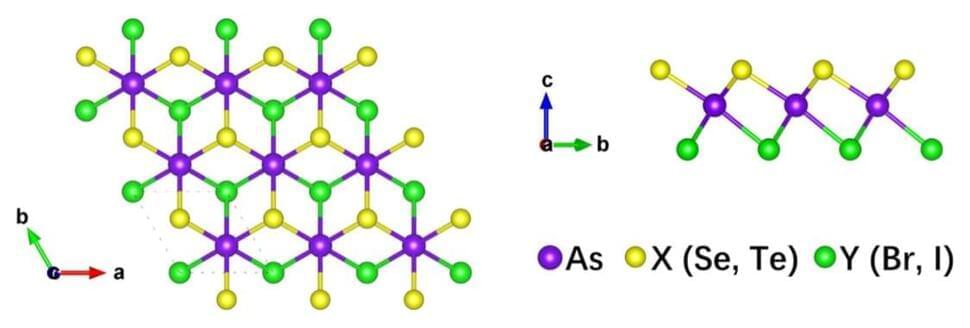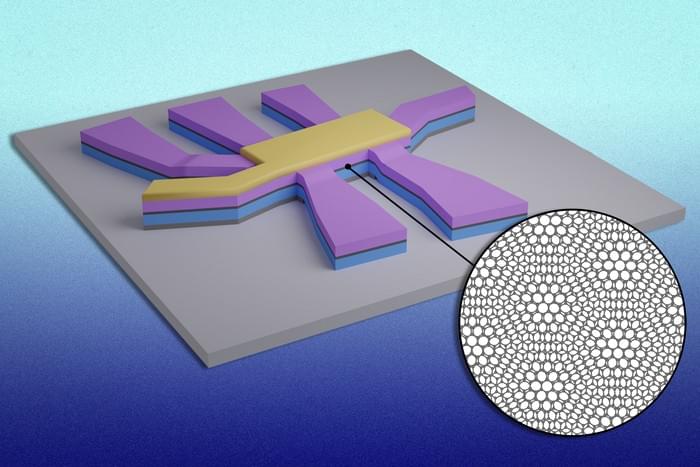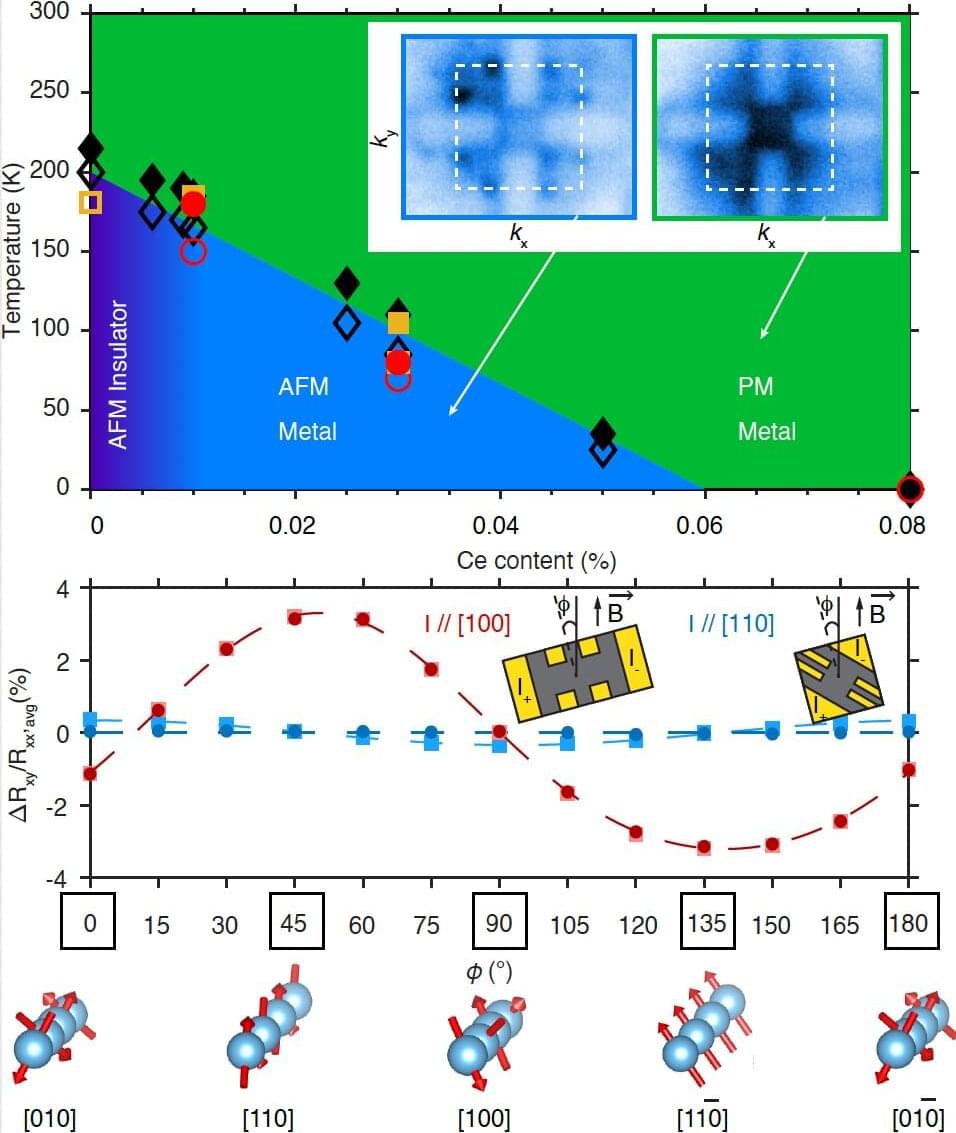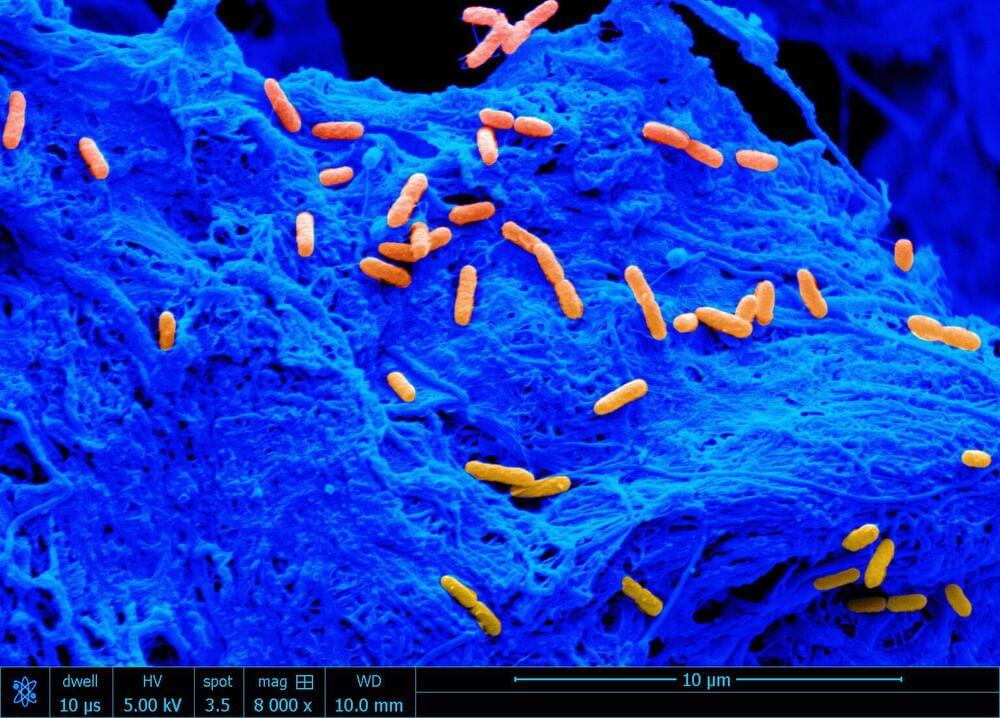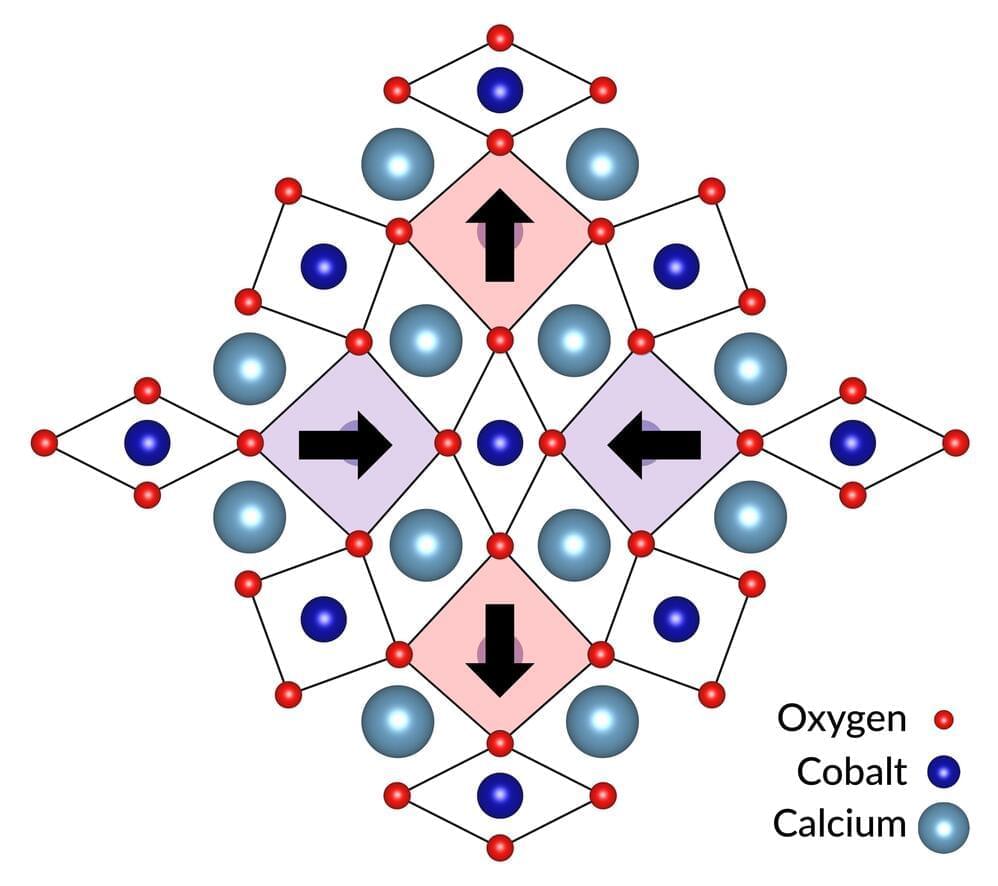Calcium carbonate is an impressive material, in that it combines strength, light weight and porosity. Scientists have devised a new bacteria-based method of 3D-printing the substance, for use in applications such as bone repair and coral reef restoration.
First of all, this isn’t the first time we’ve heard about the 3D-printing of calcium carbonate objects.
Earlier approaches have involved extruding a gel containing mineral particles, which subsequently dries and hardens. Some of the resulting items have been rather soft and fragile, however, or they’ve shrunk as they dried, creating cracks and causing their shape to change.
